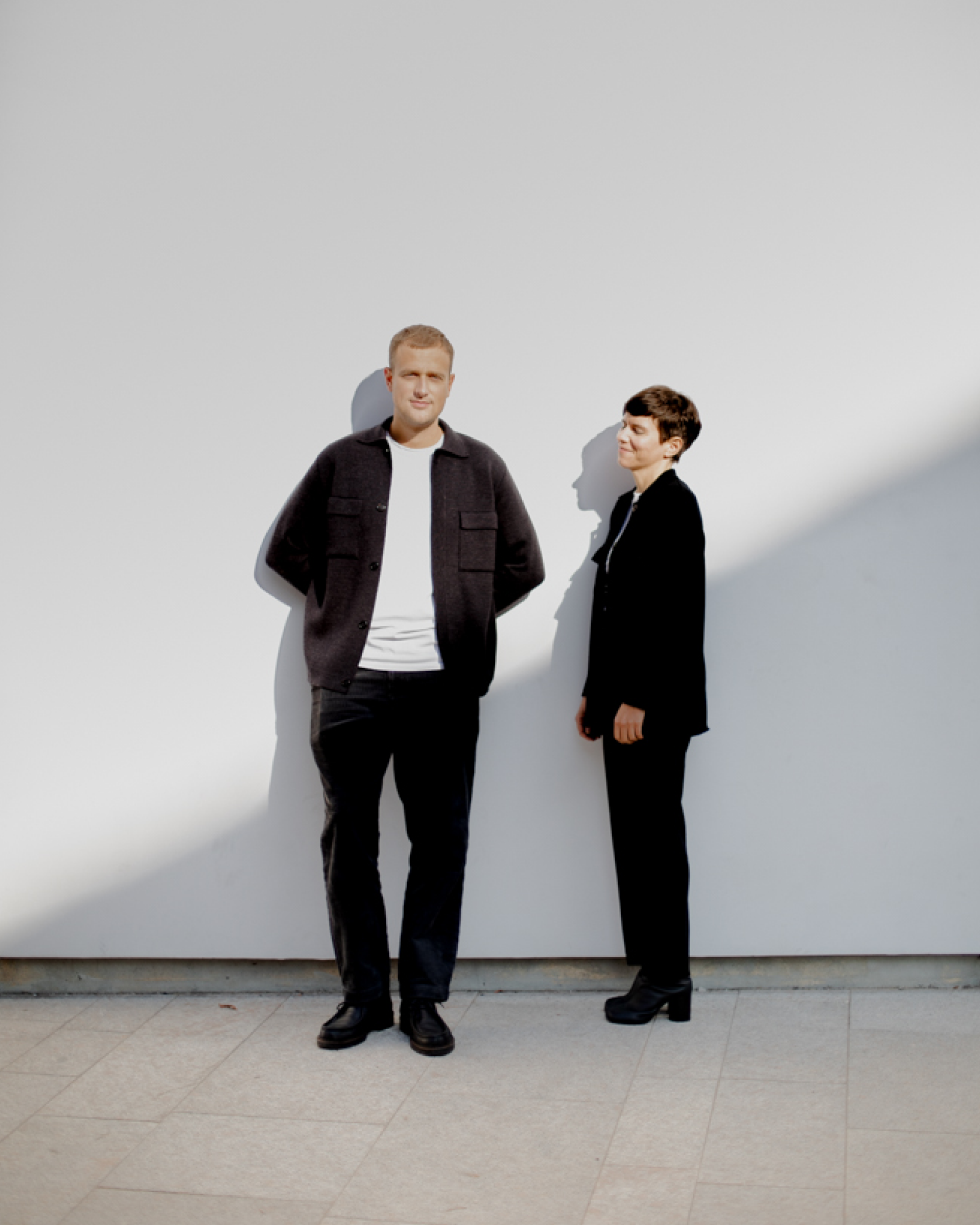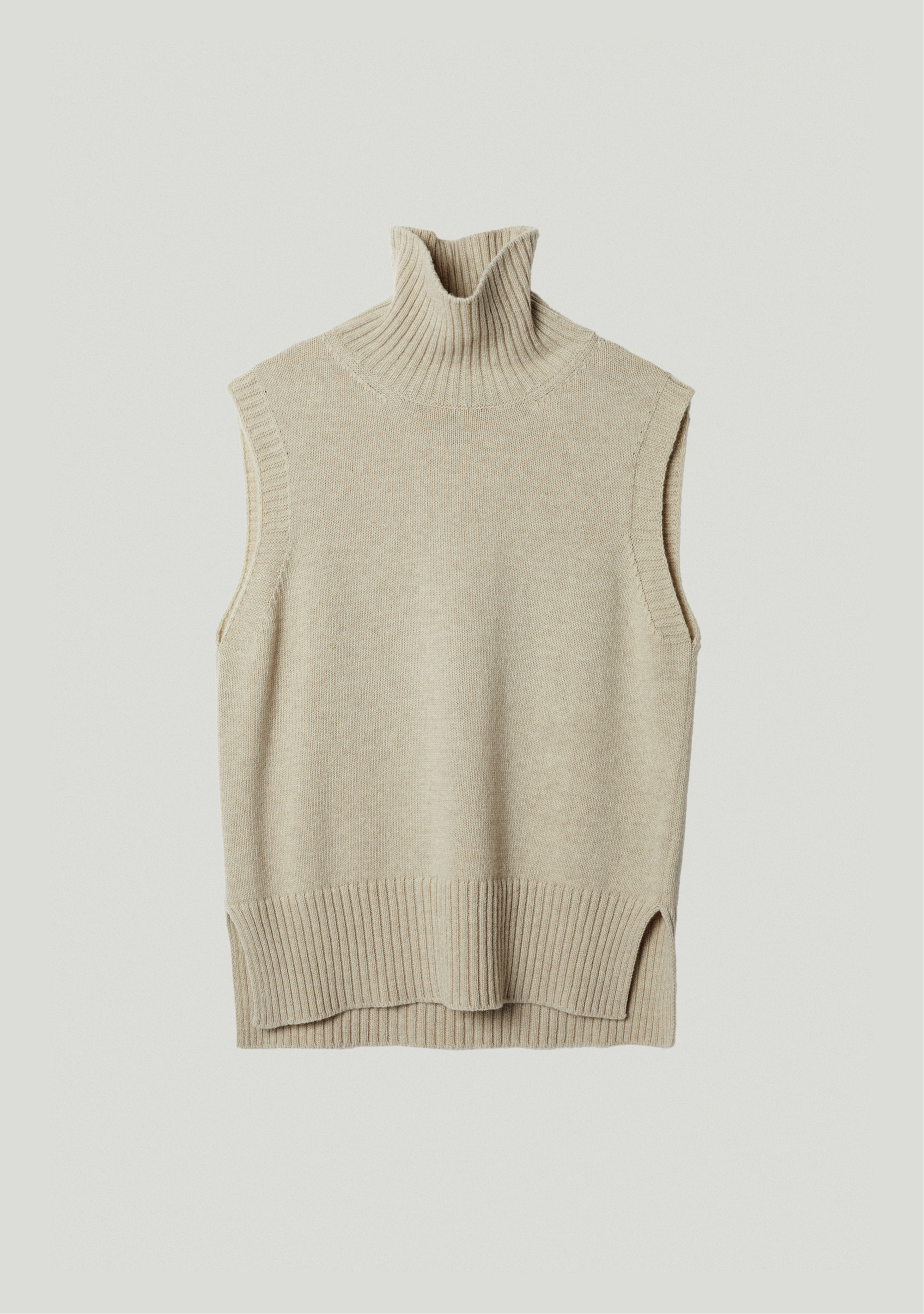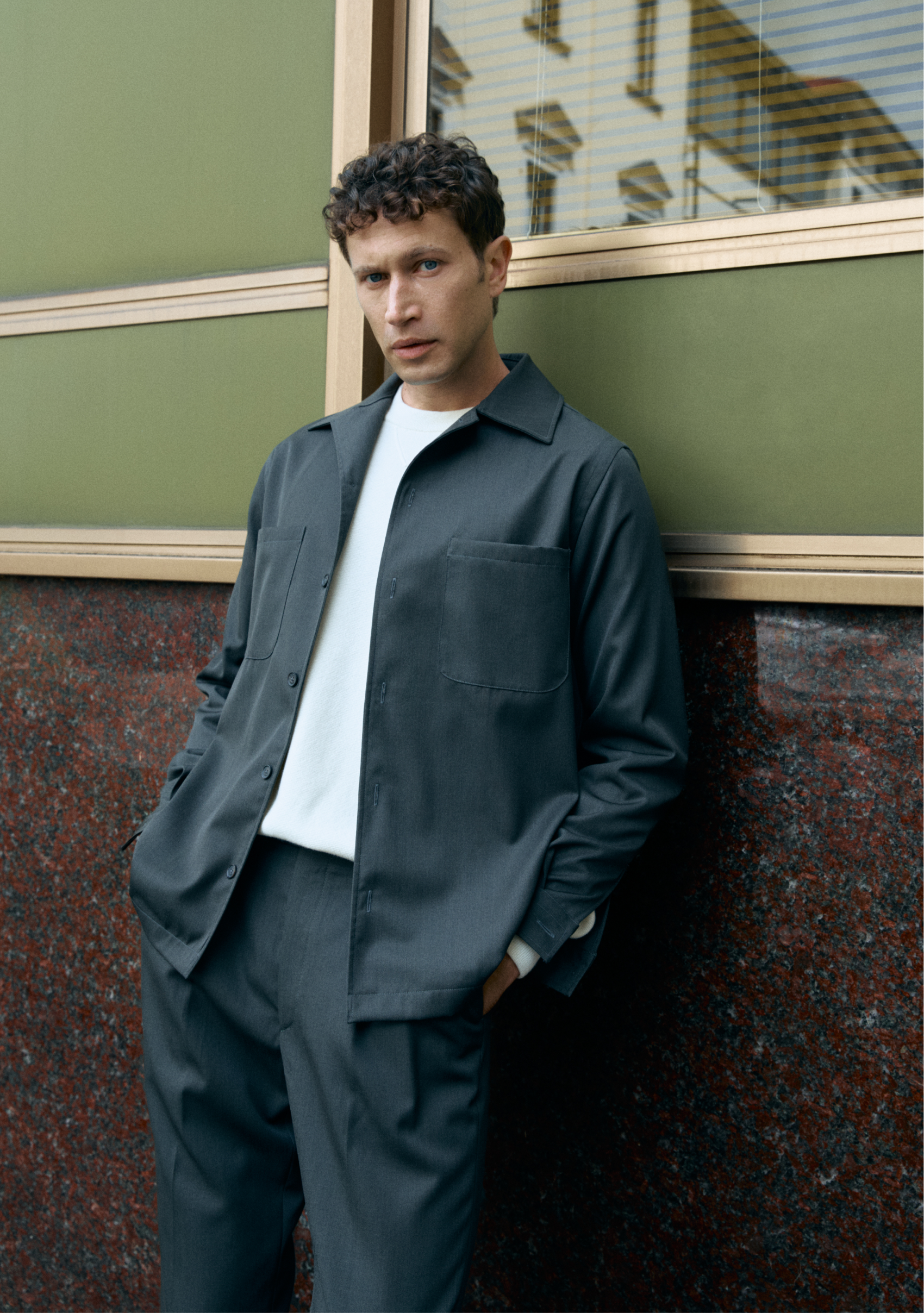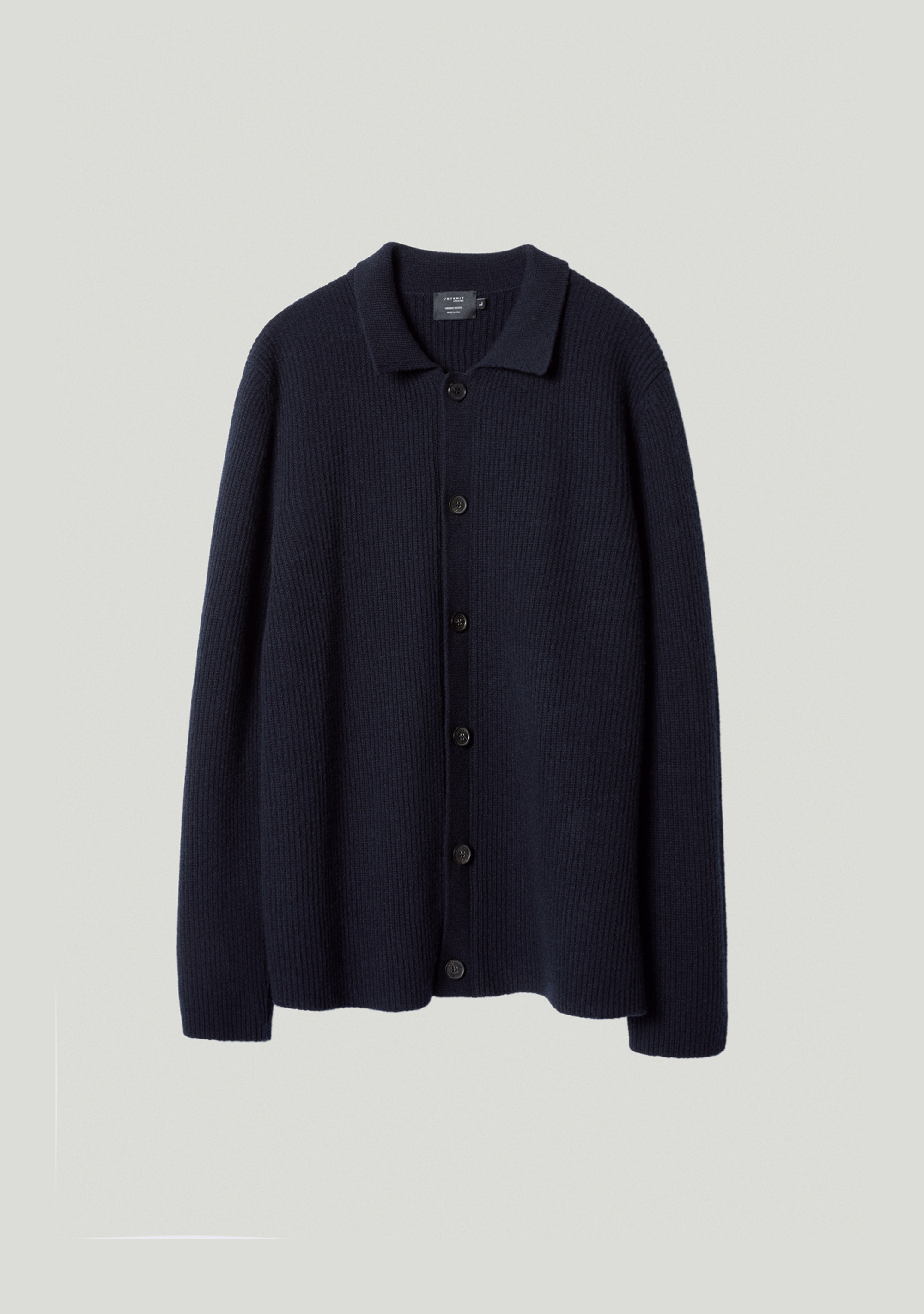
A day with Simple Flair
“Nice to Meet You” features a series of conversations with inspiring people from all over the world during their daily life to discover their purpose and values.

1. Hi guys, it's a pleasure to have you here. For the ones who don't know you, would you tell us a little bit about yourselves? Who are you and what do you do?
S: Hi, how nice to be here! We are Simona and Riccardo, founders of Simple Flair, a modern consulting studio focused on design, communication and digital projects at 360°.
S: On paper, we're two architects, but since we started with Simple Flair to work with communication for design, we've mostly continued on this path.
R: As soon as we finished our studies, we did a classic period of work experience in design and architecture studios and, during an interesting experience in New York, we saw that our bosses and colleagues were much more interested in our blog, Simple Flair, than in the fact that we were architects. So, when we came back to Italy we asked ourselves some questions and decided to go all-in on this project.
2. Working together for so many years and also being a real-life couple, I guess you are very well-matched. Do you assume some specific roles in your professional life?
S: Yes exactly, we are very compatible as we are very different from each other and maybe we manage to work together so well for this very reason. I, for example, am the more creative part that sets the tone, while Riccardo is the more entrepreneurial and operational part of the duo.

3. How was Simple Flair born and how has it changed over time?
R: Simple Flair was born as a blog 11 years ago from an idea of Simona, given by the desire to talk about her passion for design, architecture and research.
R: Simple Flair has evolved a lot over the years and today we mainly deal with strategic and creative consulting activities for companies. This project also speaks a lot about our systemic and almost maniacal approach to details, as we believe that they are the ones that really make the difference in any kind of project.
R: What we always say is: it's not so much about what we do, it's how we do it. We haven't invented anything, we do a very common job, but it's the "how" that makes all the difference. The how, for us, is also the exemplification of the values in which we believe: for example, at Riviera (one of Simple Flair's projects ed.), having always been supporters of informality, we managed to create a space in which people can feel at home.
S: Opening Riviera also helped us a lot to demonstrate in a tangible way what some of the words we often use in our work meant. We happen to say that a space must be informal, real and must generate connections among people, but if these elements are not applied, they will just be empty words, whereas with Riviera we were able to demonstrate these concepts with actual facts.
S: The name Simple Flair comes from my initials. When it was still a blog, I didn't want people to know I was the editor, I just wanted it to remain anonymous. So, we made a combination of words in English that reflected both a way of being and my initials, so the first three letters of Simple Flair match my initials, Simona Flacco.

4. You mentioned Riviera, one of your most ambitious projects. What led you to create this new concept and how do you imagine it in the future?
S: We started working on the idea of Riviera during a trip because we felt the need to find a place in Milan that would become a meeting point for the creative community. We were missing a space that offered everyone the opportunity to express themselves, so we developed the concept and a very busy calendar of activities in which everyone can propose their own content.
R: It is a real and live space that we use as a platform where we host all kinds of content creation: exhibitions, talks, concerts and events. We wanted a space that would aggregate creatives from different fields in a genuine and real way.
S: Riviera was born as an experiment: we've always had a digital approach and this was our first physical entrepreneurial project. In the Manifesto we wrote that Riviera is a nomadic concept, so it's not certain that it won't be replicated, that it won't move or become another concept. The important thing is that the purpose remains clear, that is to ensure that the creative community has a place where it can gather.
S: What we're also trying to say is that digital is actually an attitude that must underlie all the activities that a brand carries out because for us it's now anachronistic to think that we can do the opposite, but this doesn't mean that we have to abolish all the systems that used to work: being able to meet people personally remains an objective, while digital is a tool that can be used to tell their story and to amplify messages and values.

5. In your projects, how do you manage to balance tradition and innovation?
S: It's a complex issue to deal with, especially in the design field, because there's a lot of contrast between the respect of historical heritage and modernity.
S:We are actually talking about it lately because the concept of "Timeless" is very difficult to define. Talking about it, we arrived at a point, asking ourselves if being timeless means being totally contemporary, making a project that's actually able to take a picture of the contemporary, so that one day that project will be able to tell that particular historical moment, because otherwise what we mean by timeless are only icons.
S: Being timeless, therefore, for us represents the moment in which a chair - for example - stops being an object used for seating, becomes crystallised in time and begins to represent an era or a style.
6. What do you think you have in common with Artknit?
R: The most important thing we have in common with Artknit is the concept of quality, the attention to details and the focus on Made in Italy: shortly, the values. Also, giving the possibility to people to reflect themselves on these values and create a community around concepts, not just around products.
7. In your opinion, has the concept of creativity changed over the years?
S: Rather than the concept of creativity has changed, we have expanded our boundaries. In the case of Riviera, we didn't want the topics to be only design-related, but we wanted to use very different languages, for example, right now we talk about art, but we have also talked about photography, independent magazines, music, so probably this different approach has led us to experiment a lot more.
R: Creativity in the broadest sense, that is what the human being can bring to a particular project, is something that will become more and more valuable in the next future because some activities can be assigned to artificial intelligence, while others will remain in the hands of humans. This is definitely an important topic to think about and how little value is sometimes given to creativity.
Thanks for these interesting insights.
See you guys at the next Riviera event!












Leave a comment
This site is protected by hCaptcha and the hCaptcha Privacy Policy and Terms of Service apply.